Research on Co-channel Base Station Interference Suppression Method of Passive Radar Based on LTE Signal
-
摘要: 针对基于LTE信号的外辐射源雷达接收信号包含多个同频发射基站的直达波和多径杂波干扰的问题,该文对传统的外辐射源雷达信号处理流程进行了改进,增加了对同频基站干扰的处理步骤,提出了一种基于卷积混合模型的盲源分离算法来抑制同频基站的杂波干扰。假设混合矩阵是一个矢量线性时不变滤波器矩阵,以互信息为代价函数,通过求取互信息的梯度,用最速下降法进行迭代,分离准则是使分离后的信号之间互信息最小化。仿真表明,该文算法能够有效地抑制LTE信号同频发射基站的杂波干扰,为后续的主基站杂波对消处理提供了基础。Abstract: For the passive radar based on LTE signal, the received signal contains direct-path and multipath clutters interference of multiple co-channel base station, and the traditional passive radar signal processing flow is improved, and the processing steps of co-channel base station interference are added. A blind source separation algorithm based on convolutive mixtures is proposed. The algorithm can suppress the clutters interference of co-channel base station. It is assumed that the mixing matrix is a vector linear time-invariant filter matrix. The mutual information is used as a cost function. By finding the gradient of mutual information, it is iterated by the steepest descent method. The separation criterion is to minimize the mutual information between the separated signals. The simulation results show that the proposed algorithm can effectively suppress the clutters interference of the LTE signal co-channel base station, and provide a basis for the subsequent clutters cancellation processing of the main base station.
-
表 2 仿真参数
主基站 同频干扰基站 强干扰 弱干扰 目标 强干扰 弱干扰 直达波 多径1 多径2 多径3 多径4 目标1 目标2 直达波 多径1 多径2 时延(μs) 0 0.23 0.26 0.29 0.03~3.22 15.92 22.75 12.99 35.22 13.02~16.24 衰减(dB) 0 –12 –20 –21 –46 –34 –23 –6 –7.5 –46 表 1 基于卷积混合模型的盲源分离算法
初始化:Y(n)=X(n); 循环迭代: (1)从{–M,–M+1,···,+M}中选择一个随机值m; (2)计算(Y1(n),Y2(n-m))之间的互信息梯度${{\text{β}}_{{{\text{Y}}^{\left( m \right)}}}}$; (3)更新输出:Y(m)←Y(m)-${\rm{\mu }}{{\text{β}}_{{{\text{Y}}^{\left( m \right)}}}}$(Y(m)); 归一化:移除DC分量,并令Yi=Yi/${{\rm{\sigma }}_{\rm{i}}}$,${{\rm{\sigma }}_{\rm{i}}}$为Yi的标准偏差; (4)由式(8)计算分离矩阵Bk, k=0,1,···,p; (5)令Y(n)=[B(z)Y(n)]; 收敛或达到最大迭代次数后停止循环。 -
GRIFFITHS H D and BAKER C J. Passive coherent location radar systems. Part 1: Performance prediction[J]. IEE Proceedings-Radar, Sonar and Navigation, 2005, 152(3): 153–159. doi: 10.1049/ip-rsn:20045082 OLSEN K E and ASEN W. Bridging the gap between civilian and military passive radar[J]. IEEE Aerospace and Electronic Systems Magazine, 2017, 32(2): 4–12. doi: 10.1109/MAES.2017.160030 3GPP. 3GPP TS 36.211 V13.2.0 3rd generation partnership project; technical specification group radio access network; Evolved universal terrestrial radio access (E-UTRA); Physical channels and modulation (Release 13)[S]. 2016. CUI Haixia, LEUNG V C M, LI Shaoqian, et al. LTE in the unlicensed band: Overview, challenges, and opportunities[J]. IEEE Wireless Communications, 2017, 24(4): 99–105. doi: 10.1109/MWC.2016.1600031WC BOLVARDI H, DERAKHTIAN M, and SHEIKHI A. Dynamic clutter suppression and multitarget detection in a DVB-T-based passive radar[J]. IEEE Transactions on Aerospace and Electronic Systems, 2017, 53(4): 1812–1825. doi: 10.1109/TAES.2017.2674138 SALAH A A, ABDULLAH R S A R, ISMAIL A, et al. Feasibility study of LTE signal as a new illuminators of opportunity for passive radar applications[C]. 2013 IEEE International RF and Microwave Conference, Penang, Malaysia, 2013: 258–262. ELGENDY O A, ISMAIL M H, and ELSAYED K. On the relay placement problem in a multi-cell LTE-Advanced system with co-channel interference[C]. The 8th IEEE International Conference on Wireless and Mobile Computing, Networking and Communications, Barcelona, Spain, 2012: 300–307. 王海涛. 外辐射源雷达信号处理若干问题研究[D]. [博士论文], 西安电子科技大学, 2013.WANG Haitao. Study on some issues of signal processing for passive bistatic radar[D]. [Ph.D. dissertation], Xidian University, 2013. 张良俊, 杨杰, 卢开旺. GSM辐射源雷达干扰抑制技术[J]. 电子学报, 2014, 42(9): 1852–1856. doi: 10.3969/j.issn.0372-2112.2014.09.029ZHANG Liangjun, YANG Jie, and LU Kaiwang. Clutter suppression technique in GSM based passive bistatic radar[J]. Acta Electronica Sinica, 2014, 42(9): 1852–1856. doi: 10.3969/j.issn.0372-2112.2014.09.029 WANG Shuzhao, JIN Guibin, JIN Guimei, et al. Method to remove the interference in reflected wave of passive radar based on the improved FastICA[C]. The 9th International Conference on Electronic Measurement & Instruments, Beijing, China, 2009: 4-27–4-30. ZHANG Liangjun, YANG Jie, GUO Zhiqiang, et al. Underdetermined blind source separation from time-delayed mixtures based on prior information exploitation[J]. Journal of Electrical Engineering and Technology, 2015, 10(5): 2179–2188. doi: 10.5370/JEET.2015.10.5.2179 PEDERSEN M S, LARSEN J, KJEMS U, et al. A Survey of Convolutive Blind Source Separation Methods[M]. Springer Handbook on Speech Processing and Speech Communication, 2007: 1–34. ZHANG Yanliang, LI Baoping, and GUO Hui. Minimum mutual information criteria for convolutive blind source separation[C]. 2009 International Conference on Networks Security, Wireless Communications and Trusted Computing, Wuhan, China, 2009: 101–105. RIOUL O. Information theoretic proofs of entropy power inequalities[J]. IEEE Transactions on Information Theory, 2011, 57(1): 33–55. doi: 10.1109/TIT.2010.2090193 INAN H A and ERDOGAN A T. Convolutive bounded component analysis algorithms for independent and dependent source separation[J]. IEEE Transactions on Neural Networks and Learning Systems, 2015, 26(4): 697–708. doi: 10.1109/TNNLS.2014.2320817 XIANG Yong, PENG Dezhong, UBHAYARATNE I, et al. Second-order cyclostationary statistics-based blind source extraction from convolutional mixtures[J]. IEEE Access, 2017, 5: 2011–2019. doi: 10.1109/ACCESS.2017.2664978 QURESHI A, BRANDT-PEARCE M, ENGELHARD M M, et al. Relationship between kernel density function estimates of gait time series and clinical data[C]. 2017 IEEE EMBS International Conference on Biomedical & Health Informatics, Orlando, USA, 2017: 329–332. KOPPERUNDEVI N and SURESHKUMAR S. A Modified effective image restoration algorithm using an effective kernel matrix and smoothing parameter[C]. The IET Chennai 3rd International on Sustainable Energy and Intelligent Systems, Tiruchengode, India, 2012: 1–3. -





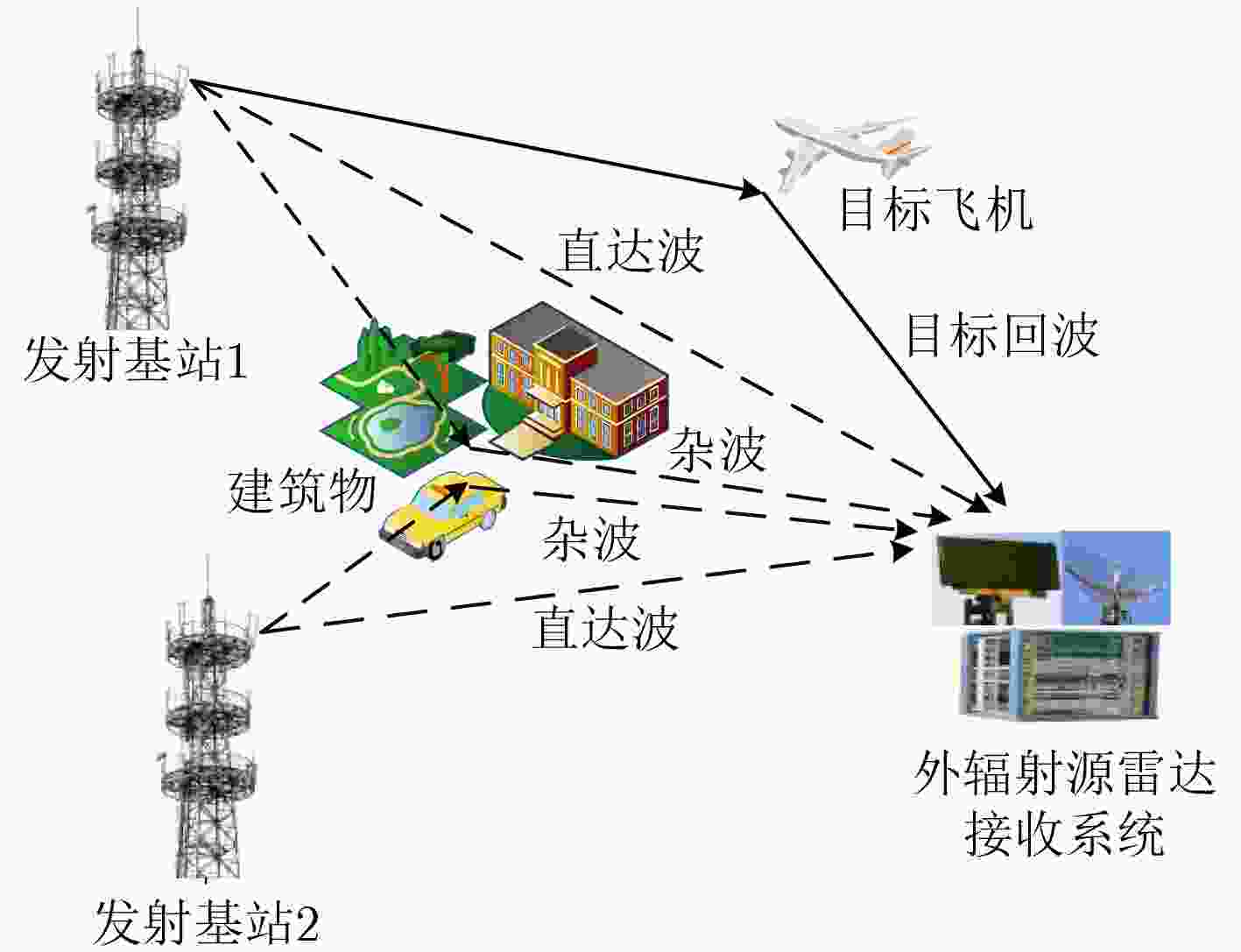
 下载:
下载:
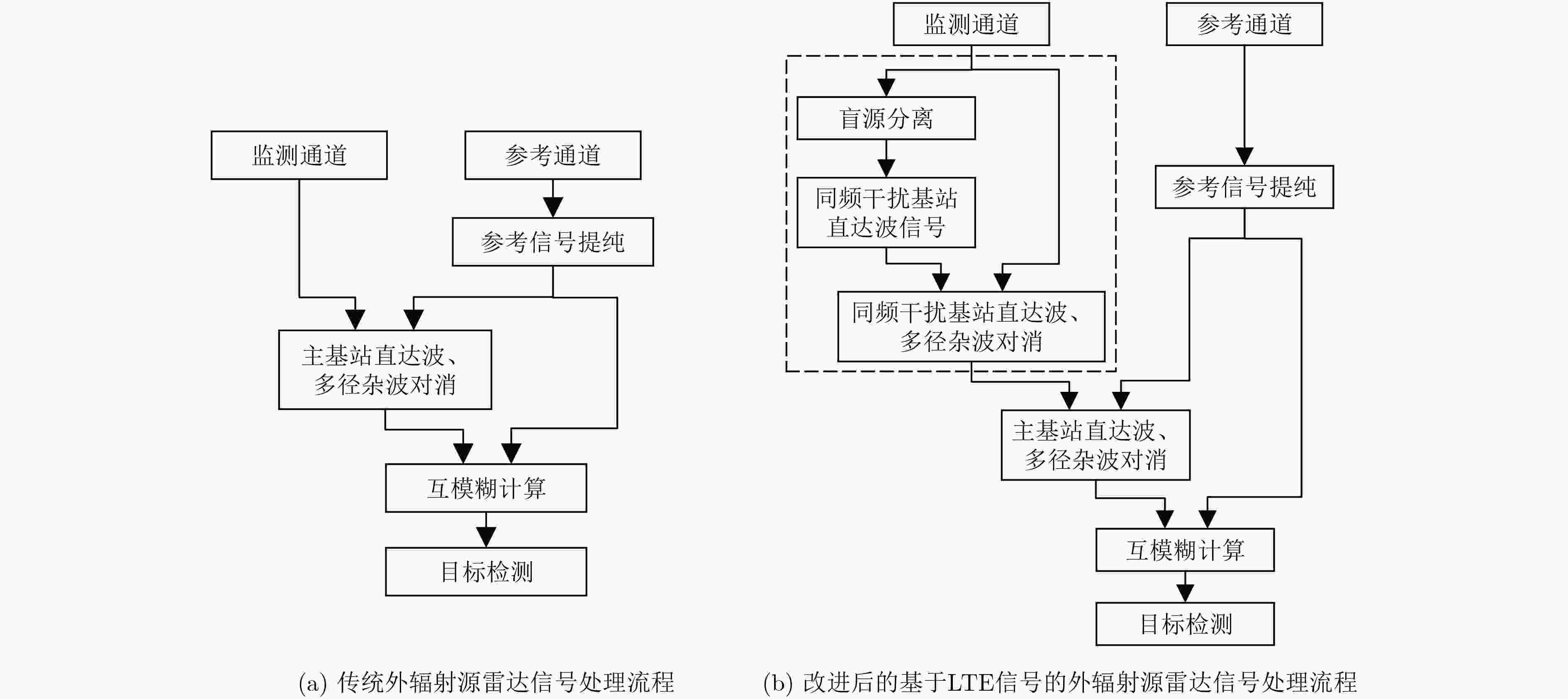



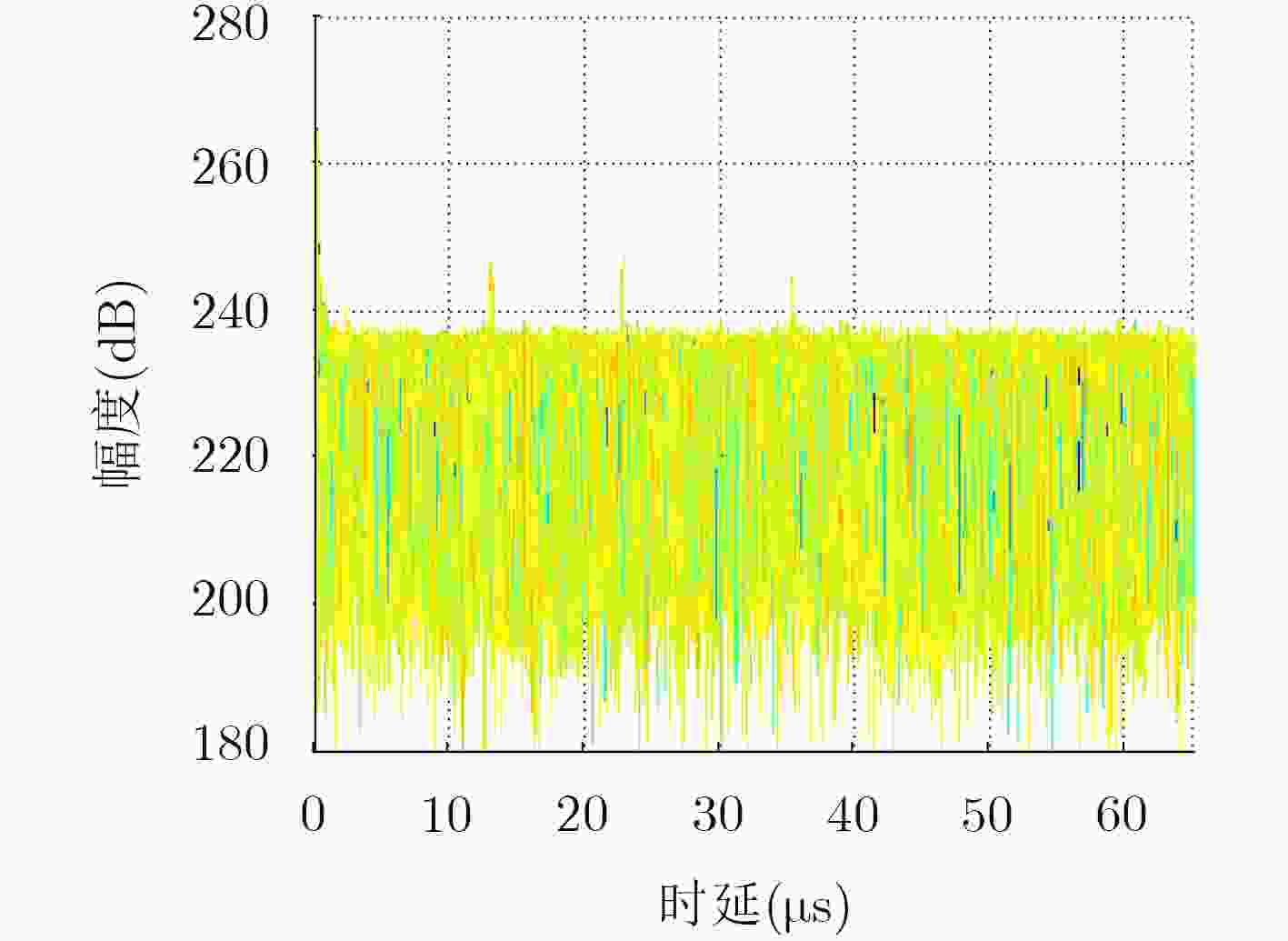
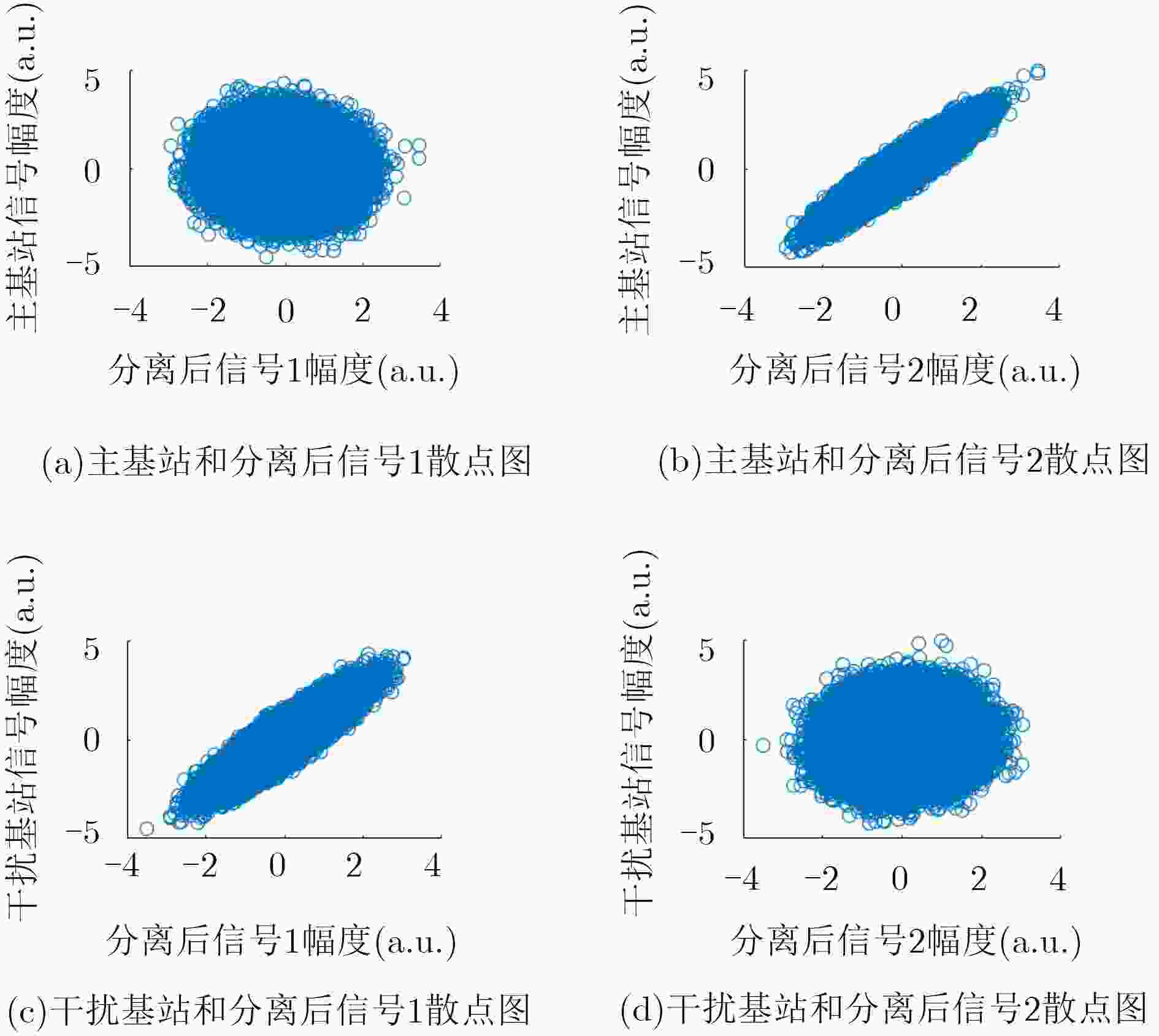
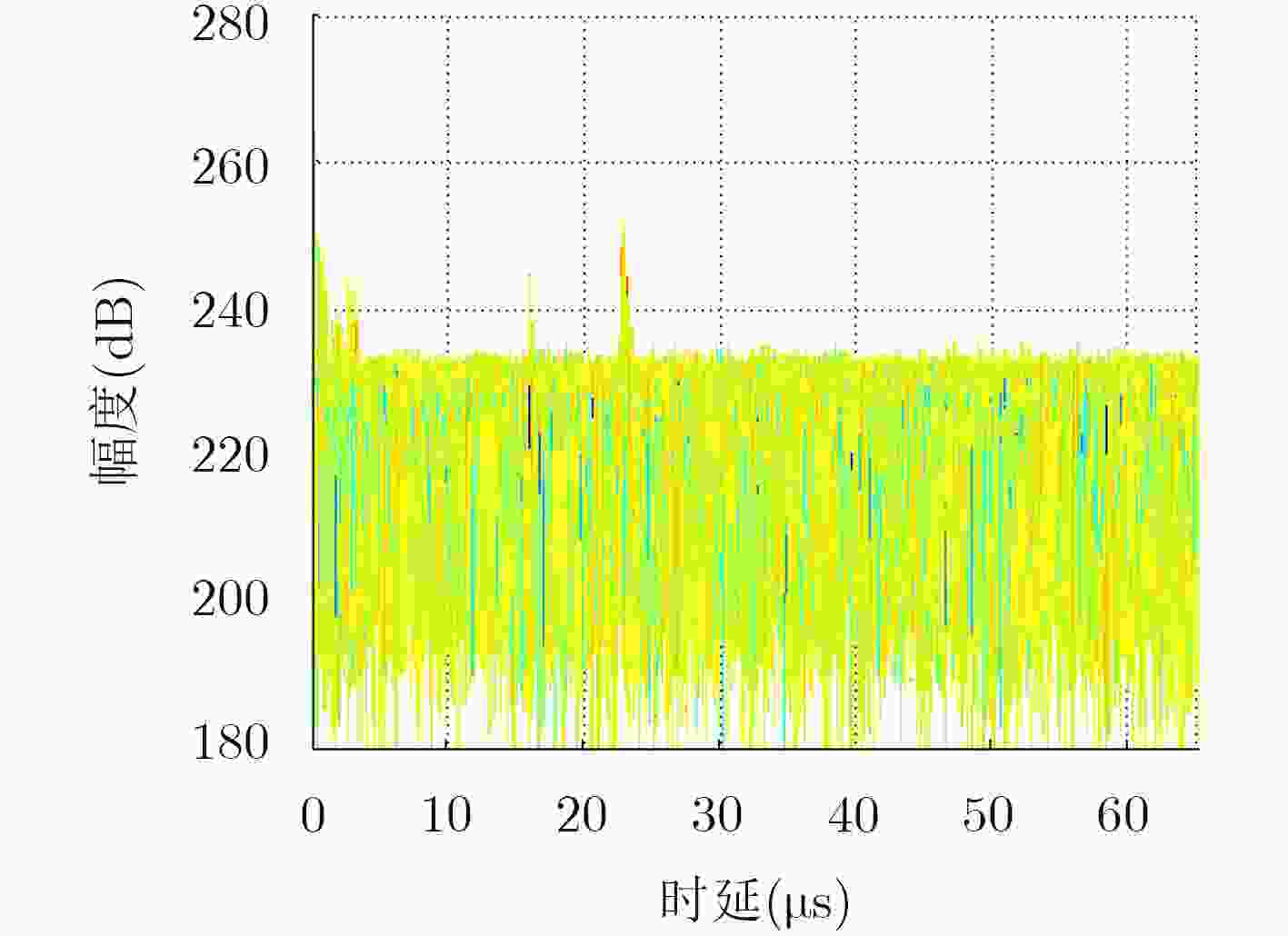
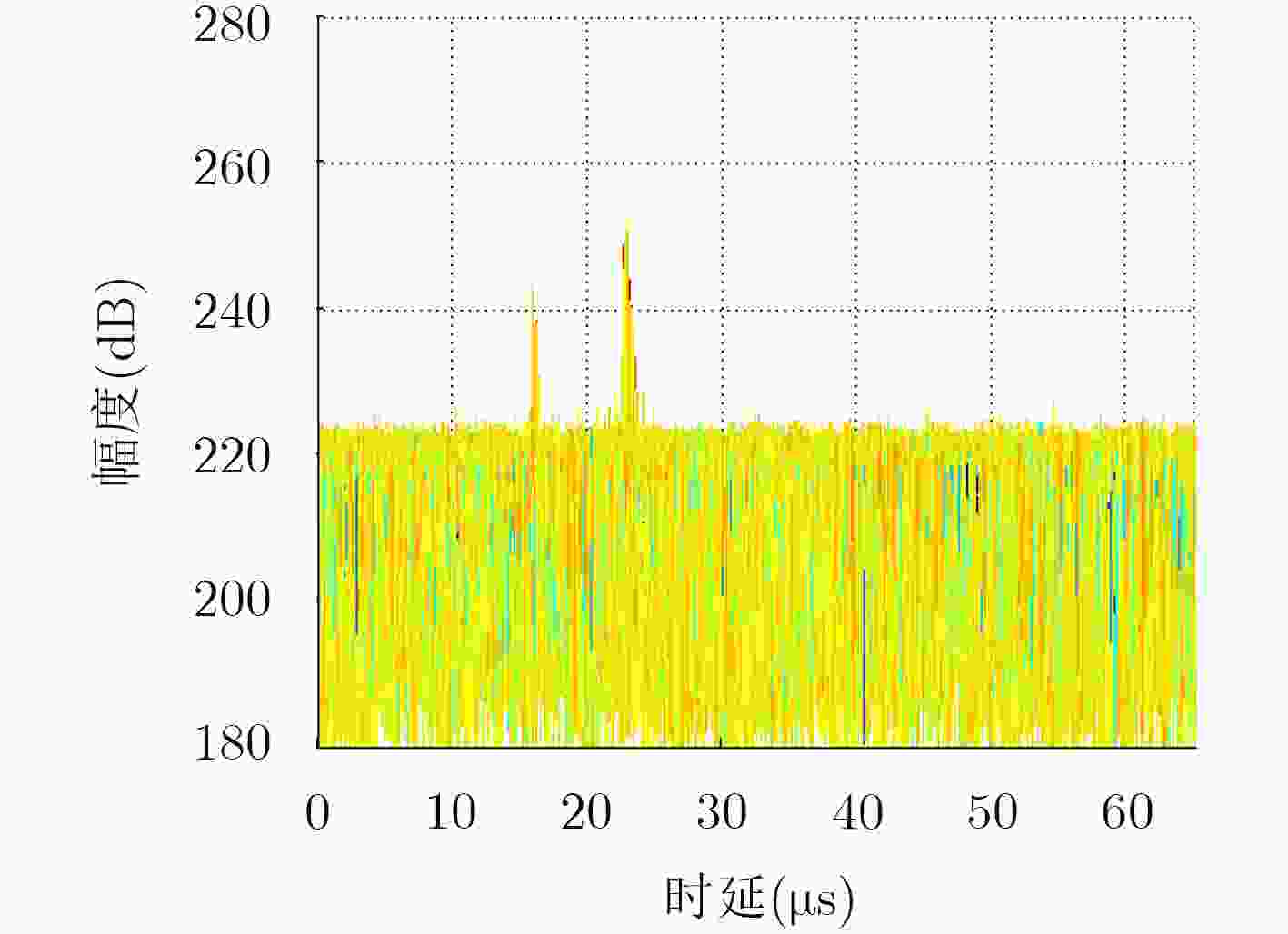


 下载:
下载:
